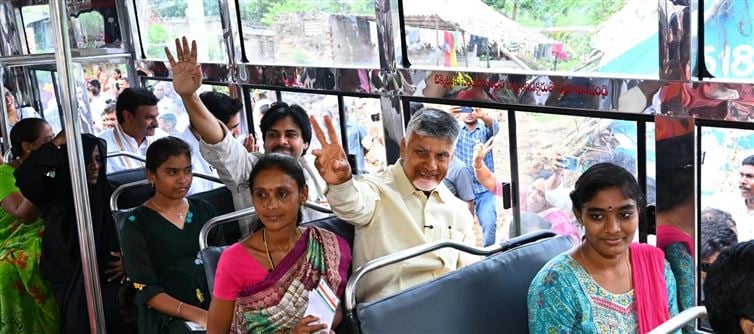
From a governance perspective, such policies highlight the difficult trade-offs between revenue generation and welfare spending. Fuel taxation remains a major source of income for state governments, enabling them to fund subsidies and public programs. At the same time, targeted schemes—like free bus rides for women—are politically significant as they directly benefit a large section of the population, often addressing social and economic disparities. However, the perception of imbalance arises when the burden of taxation falls broadly on working households, while subsidies are directed towards specific groups. This raises questions on whether fiscal strategies are equitable and whether they deliver long-term benefits to families as a whole.
The key policy challenge lies in designing measures that reduce household financial strain while ensuring inclusivity. Instead of relying primarily on fuel taxation, governments could explore a more diversified revenue model, coupled with reforms in public transport and infrastructure investment that benefit all citizens. While welfare schemes aimed at women have clear social objectives, they need to be part of a broader, sustainable framework that also accounts for the pressures on working households. Striking this balance between taxation, welfare, and long-term development is crucial for ensuring that families are not left financially stretched while states continue to meet both social and fiscal goals.




 click and follow Indiaherald WhatsApp channel
click and follow Indiaherald WhatsApp channel